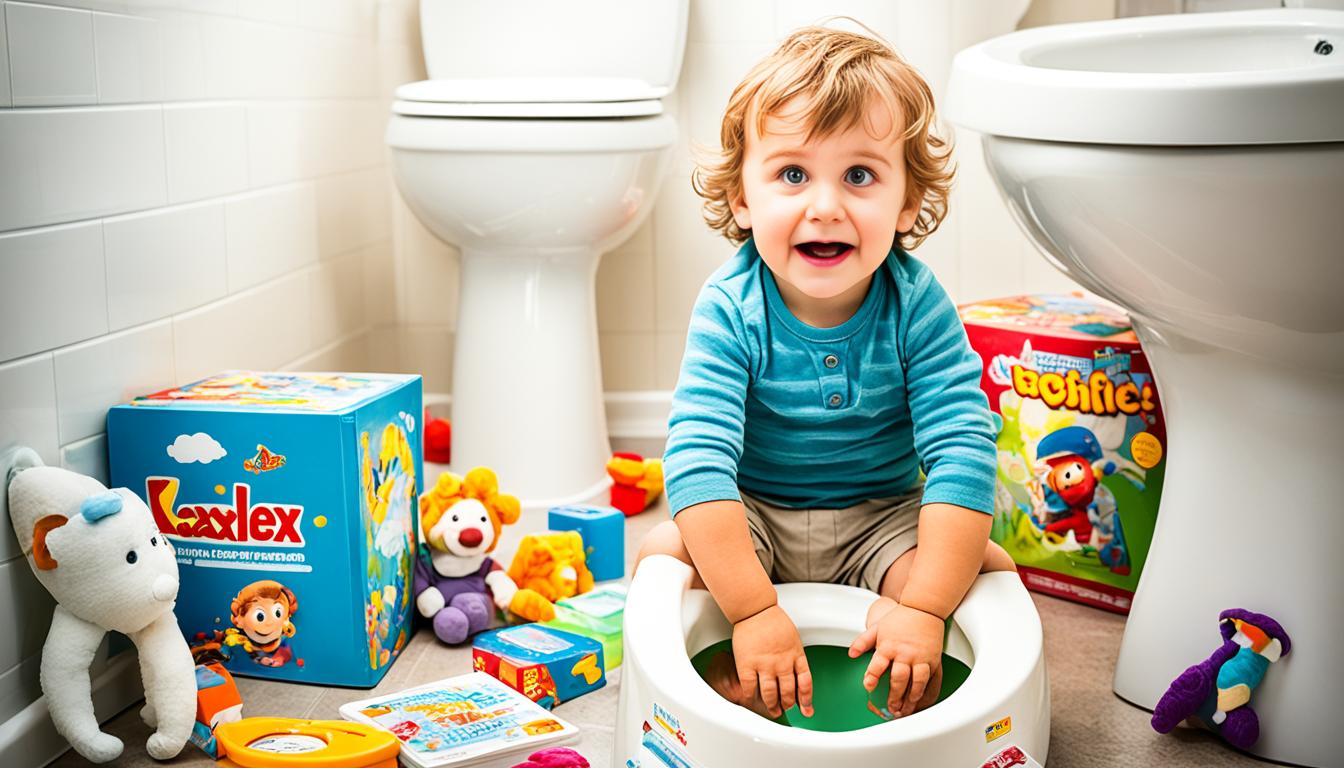Stool holding is when one holds back bowel movements. It’s common in both children and adults. Kids might do this for many reasons, including finding it hard to use the toilet, having behavior problems, or due to physical issues like encopresis. Not going to the bathroom regularly can really hurt a child’s life quality. Luckily, there are ways to help, such as certain medications, more fiber in their food, and changing how they behave. But there’s also a newer treatment that holds a lot of promise. Stem cell therapy is being looked at as a way to improve how well the bowels work and decrease stool holding.
Key Takeaways:
- Stool holding, also known as stool withholding, is a common condition in children.
- It is characterized by the voluntary retention of stool, resulting in infrequent and difficult bowel movements.
- Toilet training difficulties and underlying medical conditions like encopresis can contribute to stool holding.
- Treatment options include laxatives, fiber-rich diets, and behavioral interventions.
- Stem cell therapy shows promise as a new approach for managing stool holding.
Understanding Stool Holding: Causes and Symptoms
Stool holding is when a child has trouble passing stool regularly. Many causes can lead to this, each showing different signs. Knowing these is key to helping the child.
Causes of Stool Holding
- Many kids find toilet training tough, starting stool holding habits.
- Emotional issues like fear or anxiety can make stool holding worse.
- If bowel movements hurt, a child might be too scared to go.
- Medical issues, such as constipation, can cause or worsen stool holding.
Symptoms of Stool Holding
Children with stool holding may show these signs:
- They might not go to the bathroom often.
- It can be hard for them to pass stool easily.
- This may cause stomach pain or discomfort.
- Bloating or feeling full even when not eating much.
- Sometimes, stool holding can lead to accidents in their underwear.
Seeing these signs in your child means you should see a pediatric gastroenterologist. They’ll check for any medical reasons causing the stool holding. Also, they can guide you on how to handle it.
Treatment Options for Stool Holding: Laxatives, Fiber-Rich Diet, and Stem Cell Therapy
Treating stool holding often needs a mix of methods. Doctors may give laxatives to make stools softer. This helps with more regular bathroom trips and provides relief.
A diet full of fiber is great to keep things moving smoothly. It includes lots of fruits, veggies, and whole grains. This diet helps prevent constipation and supports good bowel habits.
Behavioral methods are important too. Getting into a daily toilet routine and rewarding bathroom use can help break stool holding habits. Parents and caregivers are key to making this work by offering ongoing support.
Stem cell therapy is a new area doctors are looking into. It aims to treat stool holding by helping tissue to heal and lessening gut inflammation. Although still being studied, it shows hope for the future in battling stool holding.

